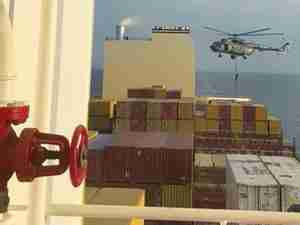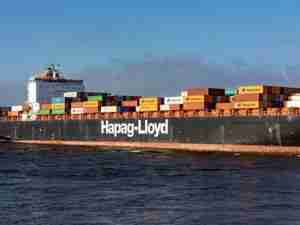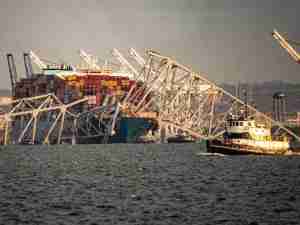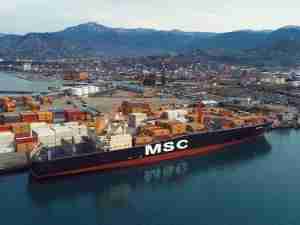Container lines in the Transpacific Stabilization Agreement (TSA) see a potentially difficult peak season through October, with spillover effects likely heading into 2008.
The carrier research and discussion group is reporting consistently high ship utilization numbers since May and going forward through the summer; higher monthly volume and utilization totals relative to 2006; and increased congestion at Asian ports ' notably Shanghai, Hong Kong, Singapore and Colombo ' due to booming intra-Asia and Asia-Europe trade growth. While trade growth has moderated in line with expectations, US importers face supply chain congestion challenges that get progressively complex to manage moving into the peak shipping season.
Despite a slower than expected first quarter and revised 2007 cargo demand forecasts in the 7-8% range, shipments have rebounded to healthy levels moving into the summer. June liftings by TSA carriers, for example, totaled more than 370,000 40-foot containers (feu), up 16.4% from the 318,000 feu carried in June 2006. Average vessel utilization was 95.6% versus 92.4% in June 2006. While some of the gain in traffic may have related to July 1 changes in Chinese export subsidies, the overall trend suggests a resumption of strong cargo growth.
TSA lines are currently averaging 95% vessel utilization or higher from Asia on all route segments, with ships running essentially full on the highest volume North and South China service strings. Forward bookings suggest that the trend will continue into August, and retailers forecasts record eastbound transpacific volumes by October. Demand for all-water service to the US East Coast via the Panama Canal continues to outpace demand via the US West Coast, as customers build in supply chain flexibility to manage the risk of 2008 West Coast labor disruptions and cope with inland rail capacity challenges. TSA lines individually expect to add nearly 70,000 feu in East Coast all-water (ECAW) capacity during 2007 to accommodate increased demand in 2008.
'Most 2007 demand forecasts, while reflecting more moderate growth than originally anticipated, do indicate more robust growth for the ECAW segment,' said TSA chairman Ron Widdows, who is also chief executive of American President Lines, Ltd. 'In spite of the dynamics affecting the US stock markets, forward forecasts from our customers indicate a healthy second half for the container shipping sector, with Asia-US volumes recovering and ultimately posting healthy growth over the remainder of the year.'
The main concern for container lines in 2007 and into 2008, Widdows explained, is not a weaker market but supply chain disruptions from Asia port congestion, labor slowdowns, and truck and inland rail cost increases and capacity availability. In particular, the proposed Los Angeles-Long Beach harbor truck initiative has caused concern over the future cost and supply of harbor trucking service at a critical gateway for US commerce. Additionally, with bunker fuel cost hovering in the $400 per ton range, Widdows predicted that fuel cost will become an even greater factor in ocean carrier economics in the next year.
TSA lines say they expect their own aggregate nominal capacity to grow by 9.7% through 2007, in line with forecast overall demand growth. Sharp spikes in traffic during August and October peak periods, however, could put pressure on space during weekly periods. Delays and inadvertent rolling of cargo in Asia, and/or disruptions related to shoreside labor or local and inland transport, would compound problems. 'The Asia-US supply chain infrastructure is essentially operating at capacity right now,' Widdows explained. 'Cargo is flowing reasonably smoothly in the US at the moment, even as Asia experiences real challenges. There isn't a lot of margin for error in the system.'
TSA is a research and discussion forum of 14 major container shipping li









